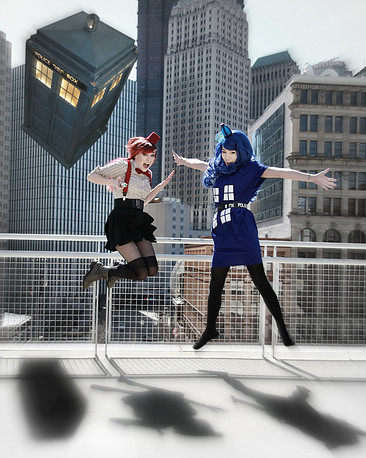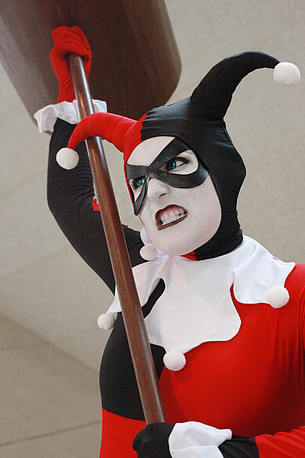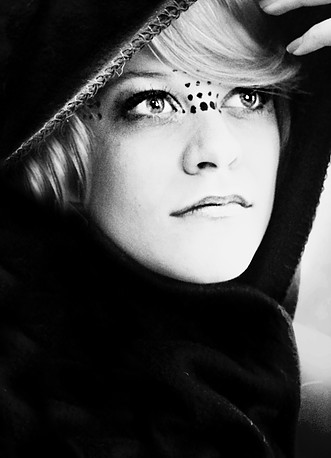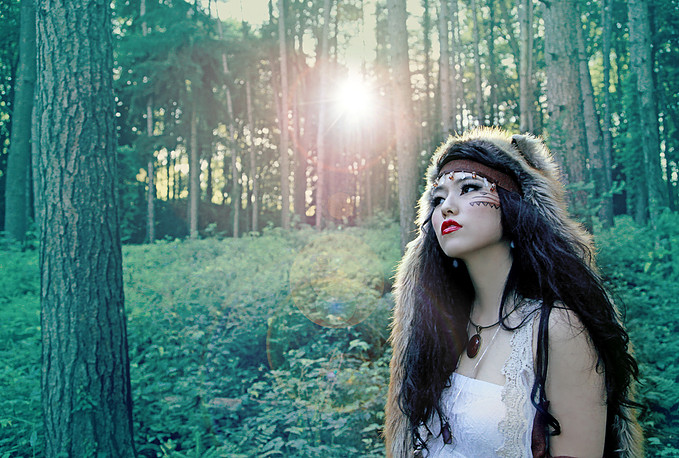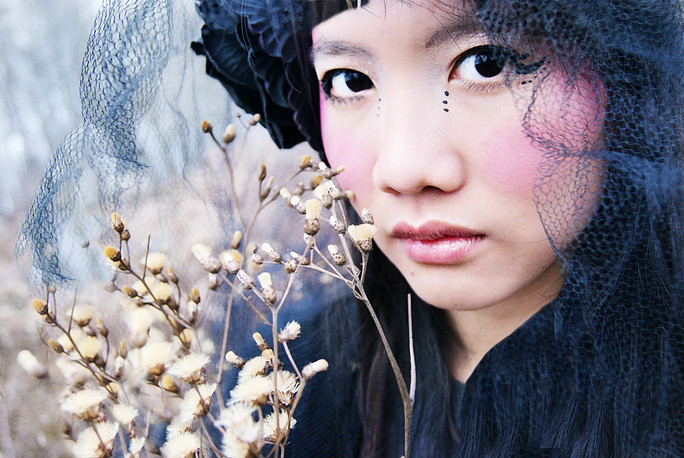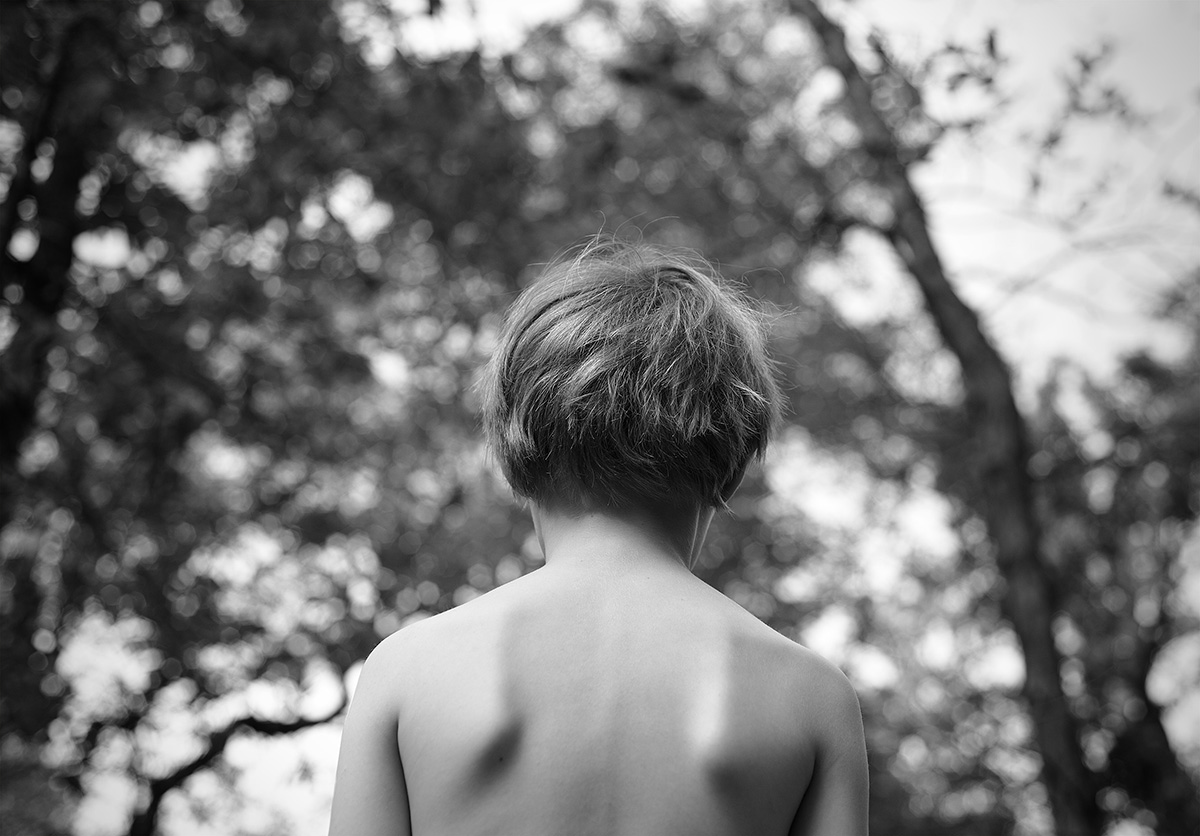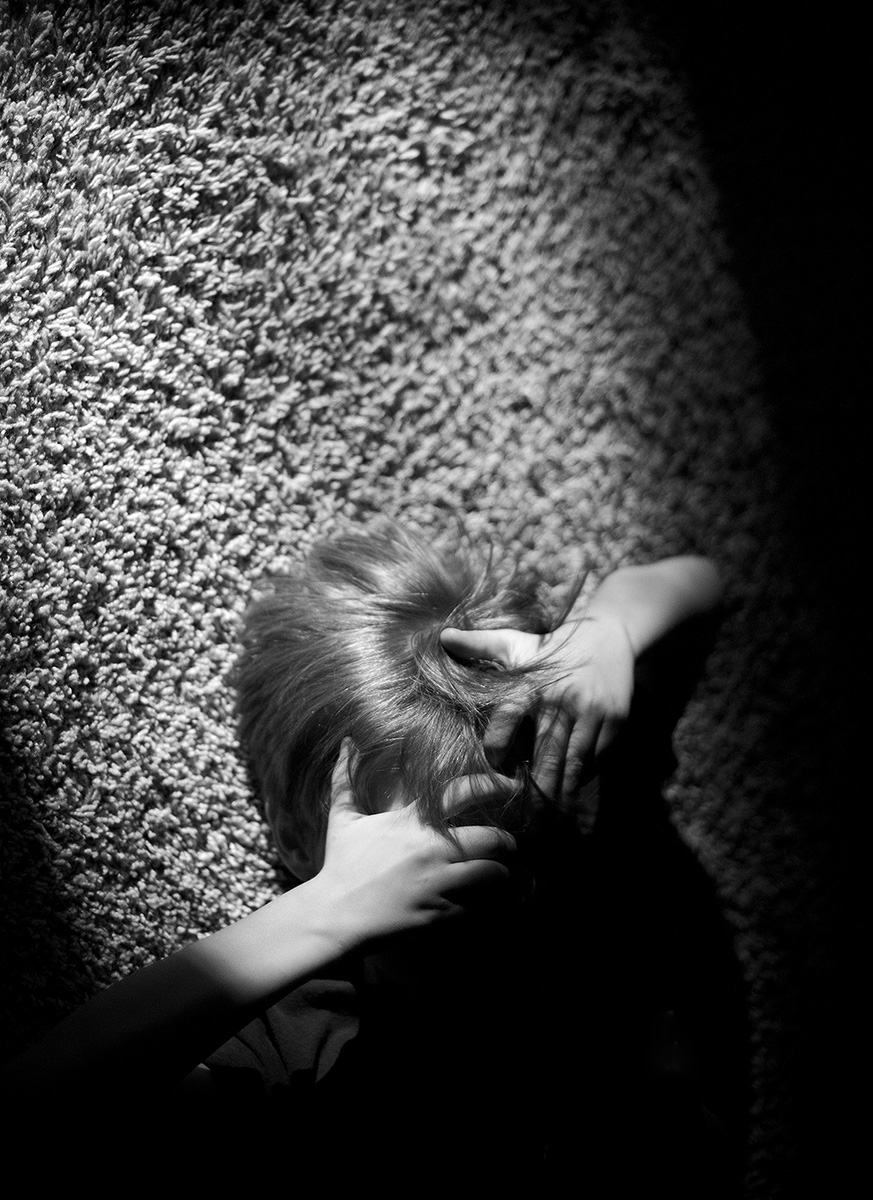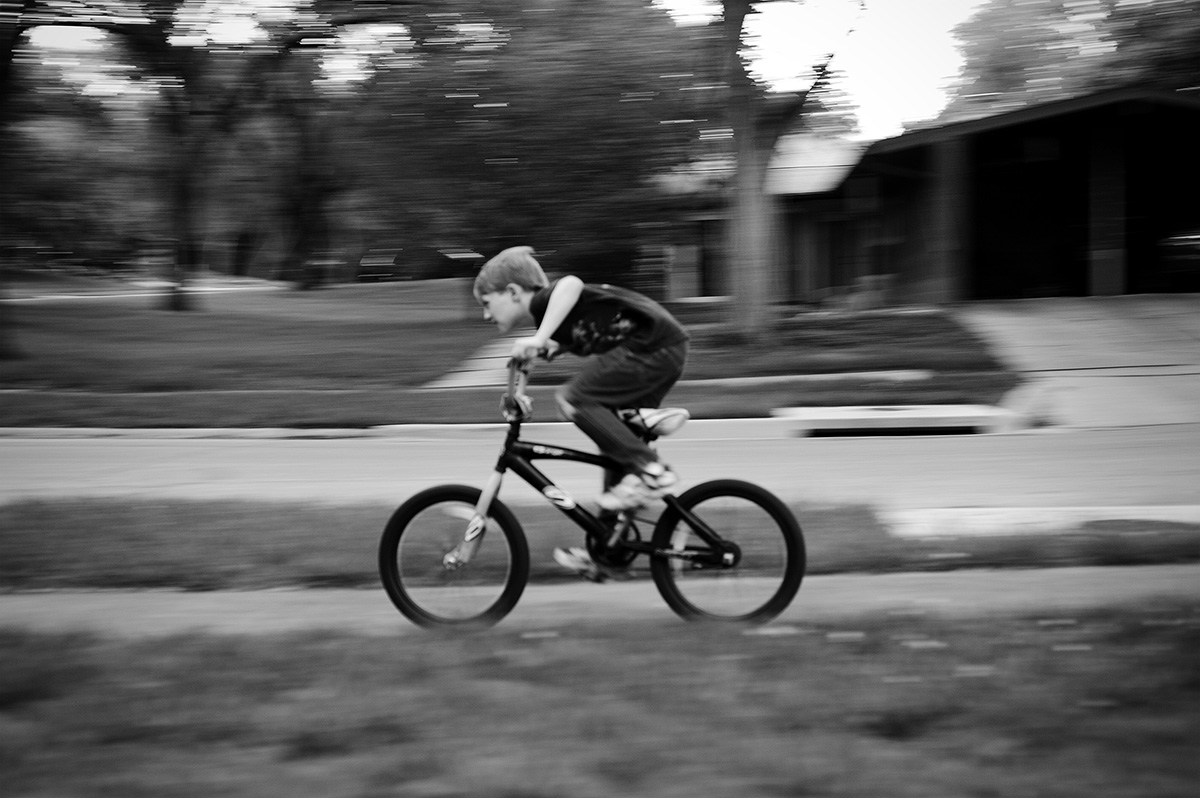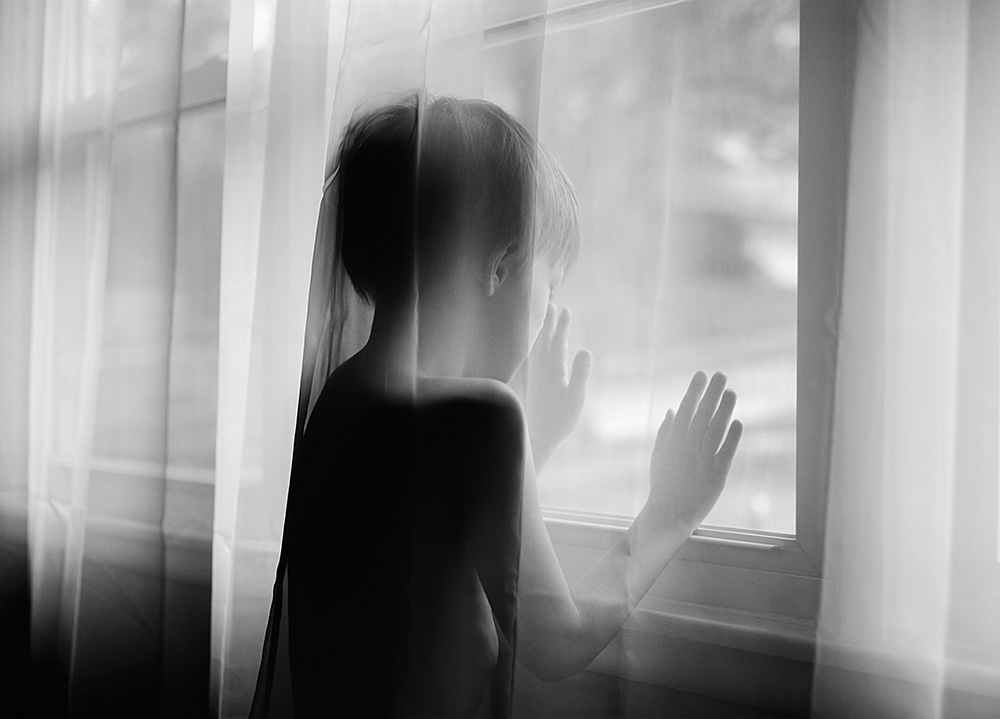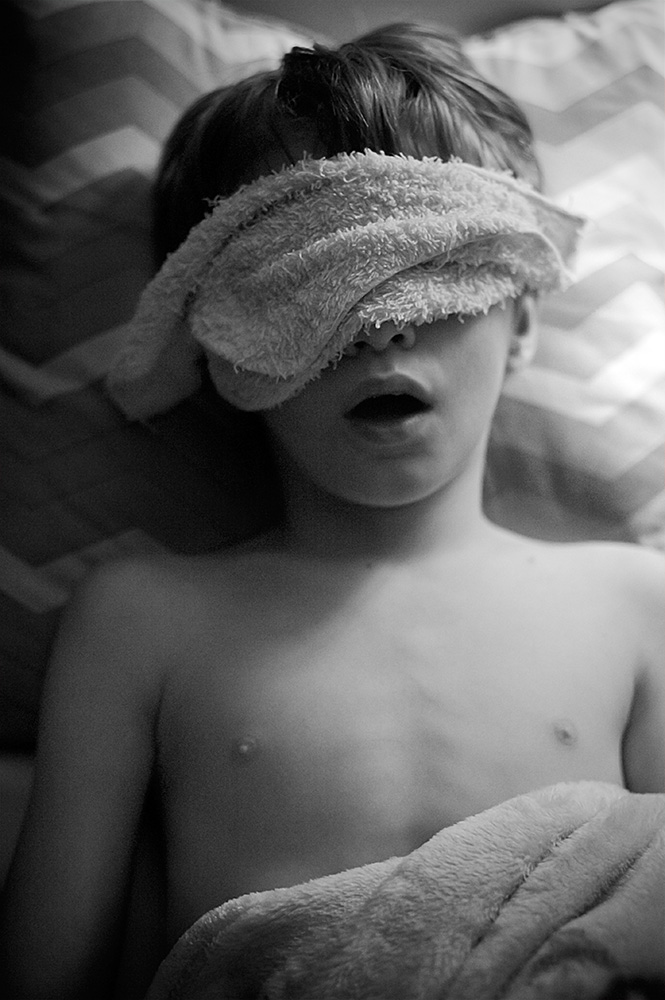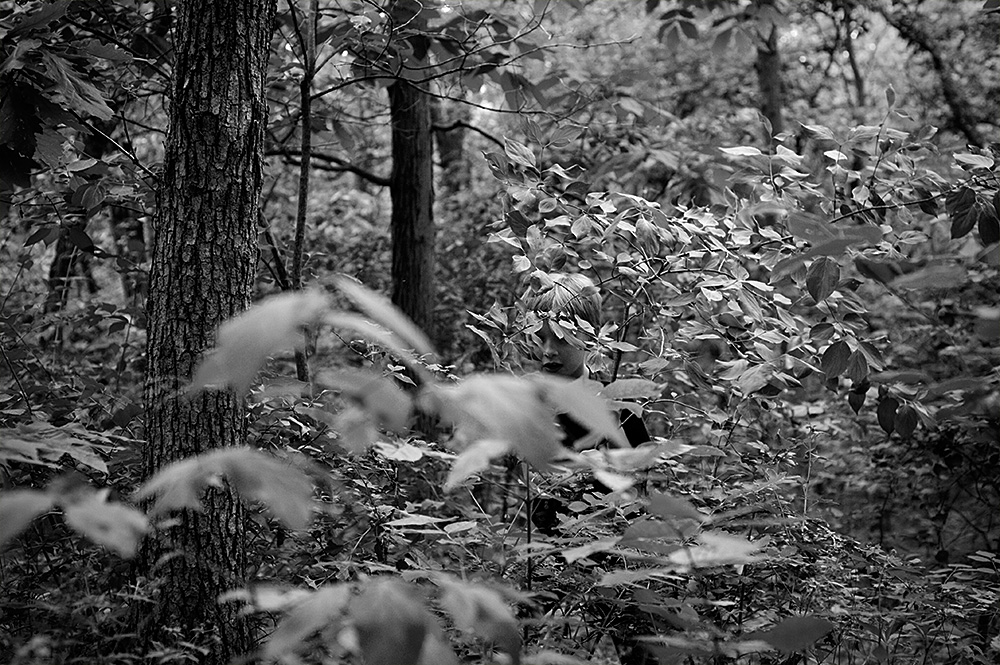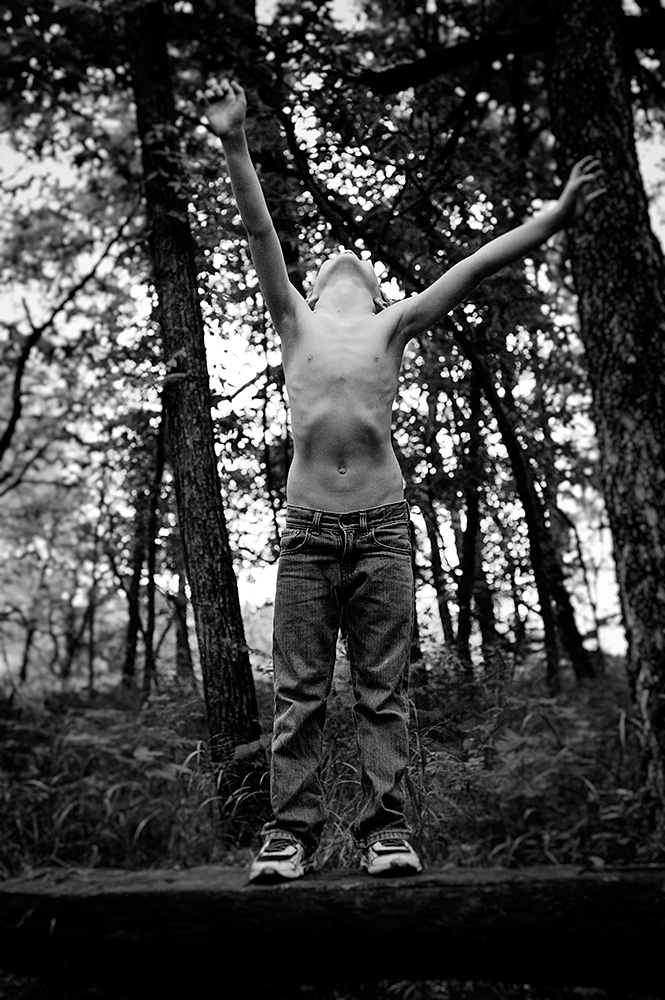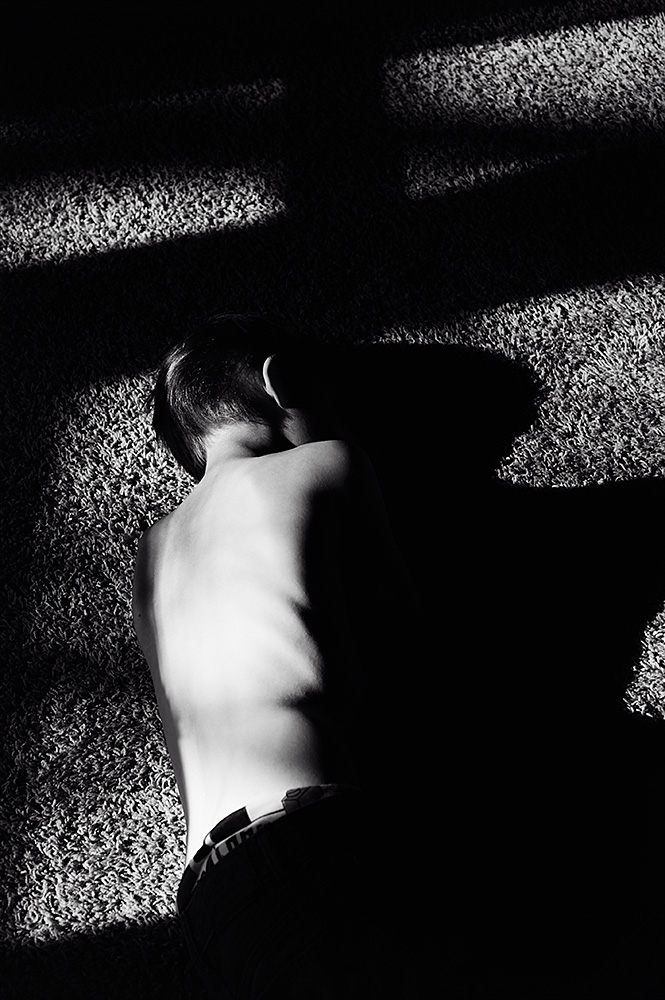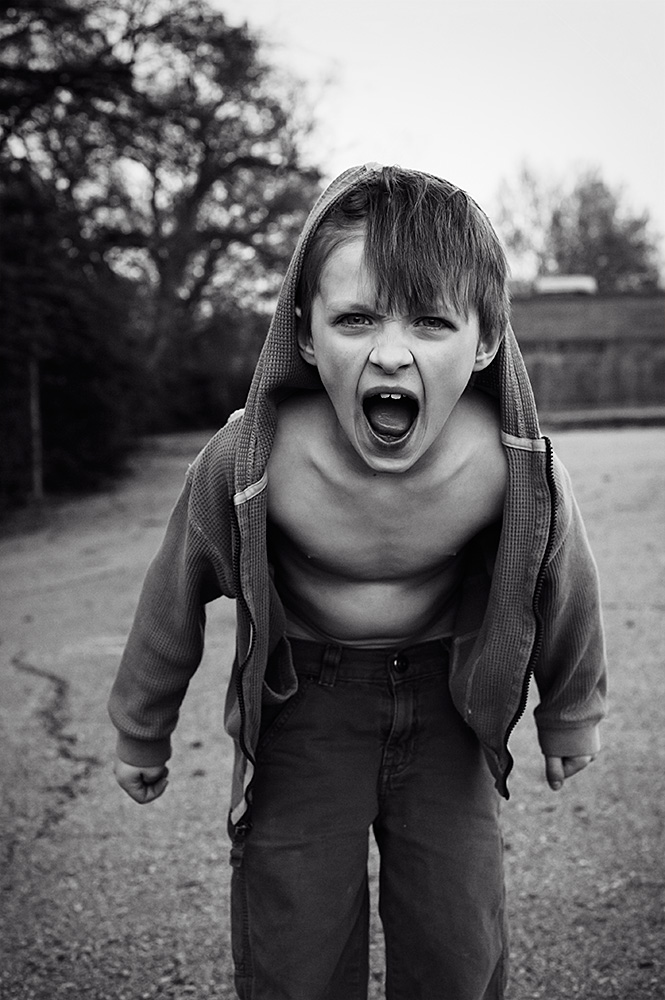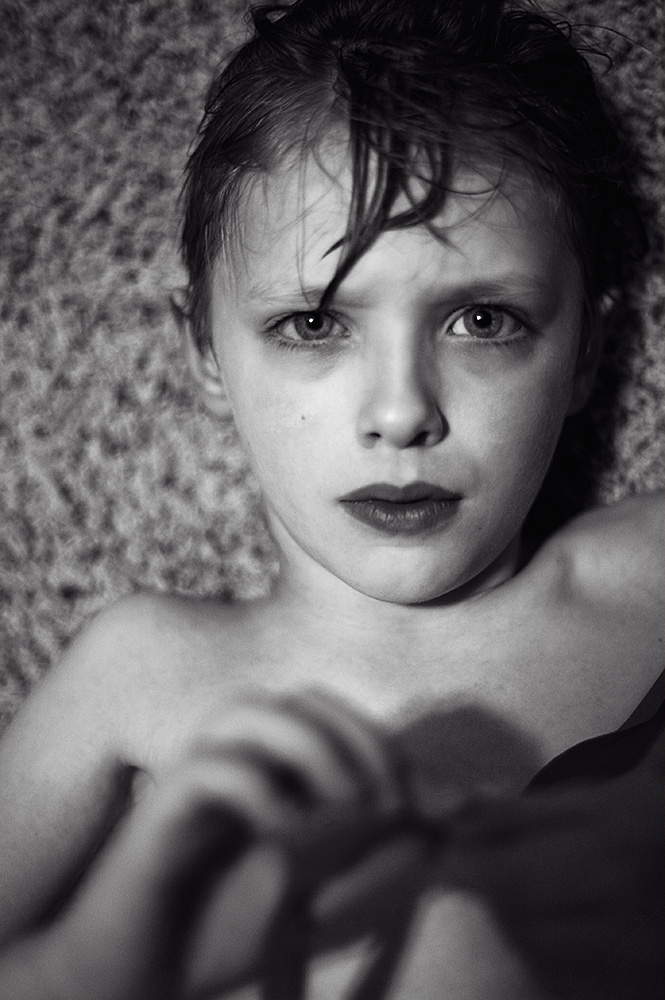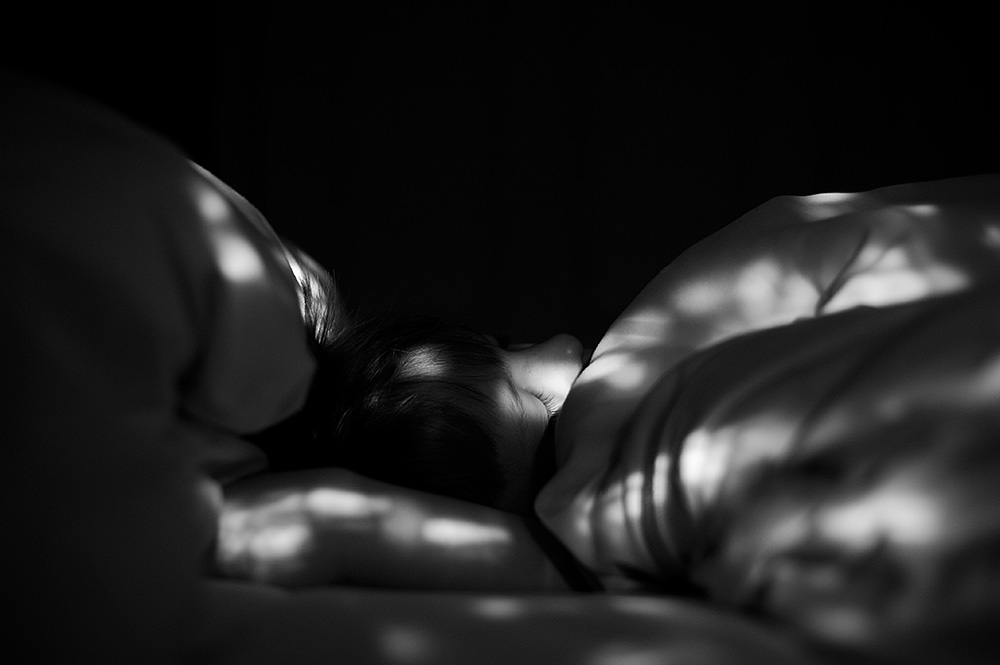by Jody Lepinot
When I started photographing houses in my suburban neighborhood, and realized how much I loved doing that, I thought I was weird. Who takes pictures of that? Then I was introduced to the exhibit called “New Topographics:Photographs of a Man-altered Landscape” and I was inspired. Not only did I discover that suburban architecture was actually an “OK” subject to photograph, I realized that what I was doing (and still do) has a history.
As I read more about New Topographics, I found that although this exhibit in 1975 wasn’t a big hit at the time, it was a critical turning point for landscape photography. Although many called itboring and banal, the Ansel Adams kind of approach to photographing pristine landscapes was no longer the only way to think about landscape photography. It was time to photograph what “is” in the landscape where we live, “at the interface of nature and culture”.[1]
Over the next decade or so, these “dead-pan” scenes of suburban tract houses, telephone booths, and commercial buildings began to be seen as intentionally neutral to allow a range of interpretations. With more passage of time, the New Topographics became something people called a style, rather than an important departure from the past. [1] Today there are many people photographing in a style that can be loosely called “new topographics”. There are groups on Flickr called “Neotopografia”, “New Topographics”, “The New Topographics”, and many more related groups. Many people are photographing non-populated scenes of houses and other everyday structures and objects, often in formal compositions. I’m attracted to this style and this work.
I began musing on how the New Topographics exhibit has influenced landscape photography today beyond just adoption of the style, and discovered some very interesting work. On a website called Places (https://placesjournal.org/explore-places/urbanism/), I found Peter Keyes. He created a project called “Still Life with Cone, Standpipe and Caution Tape”. This body of work is about the temporary barricades that you see in the city to keep people from danger. These structures are as everyday as can be. In fact, most people really don’t notice them other than to avoid them, but they create some curiously interesting shapes. “Most barricades are highly tectonic, revealing all of their parts and articulating their nature through the means of deployment. In contrast, some barricades manifest as facades that conceal the underlying structure…Barricades have inherent formal qualities, but our perceptions of them are shaped by context, both physical and cultural. It is impossible to see a barricade in a museum without wondering whether it is a functional barrier or an art installation…Barricades are much simpler than intentional works of architectural design, and that very simplicity allows us to see their multiple meanings — functional, personal, cultural — so clearly.”[1]
I hadn’t seen a compositing approach to new topographics until I found the work of Lauren Marsolier. She has four projects: Transition - parts 1 through 3, and Dislocation. Marseilles’s images are formally composed landscapes that show the interface between nature and culture as the new topographic style suggests, but they are “created from multiple photographs captured in a variety of locations, each composition is shaped slowly, over time, layer by layer, through trial and error. This approach allows her to represent the world photographically without showing a specific place, focusing instead on a mental experience…A subtle combination of multiple perspectives, lighting sources, and distances is used to produce disorientation in the viewer. The landscapes are ambivalent, familiar and yet not identifiable. The work probes our relationship to a globalizing world, marked by the loss of its certainties and an overall sense of placelessness.” [2]
My last example of how new topographics has been taken in new directions, is Warren Kirk’s “Westography”. This is a genre he created. Kirk gives us a humorous look at sculpted shrubs and peculiar cars and trailers in front of houses, as well as shops with odd architecture and/or colorful signage…popular subjects in the style of new topographics. Another departure, in addition to humor (rather than the usual dead-pan approach), is the inclusion of people in some of his images. Kirk considers his work to be “social landscape” images. Kirk says that his motivation is preservation, not unlike the Bechers. “The beauty of the suburbs (in Melbourne, Australia) is being ripped out. Progress is inevitable, but I’m inspired to capture the last of it before it’s gone. One way or another, it will go.” [3]
References:
[1] New Topographics, Center for Creative Photography, University of Arizona, George Eastman House International Museum of Photography and Film, Steidl, c. 2009, pp. 69-80 (essay by Alison Nordstrom
[2] https://placesjournal.org/article/architecture-of-barricades/
[3] www.laurenmarsolier.com
[4] https://seekerofthelostarts.wordpress.com/2014/05/02/meet-warren-kirk-the-westographer-of-melbournes-fading-suburbs/






















